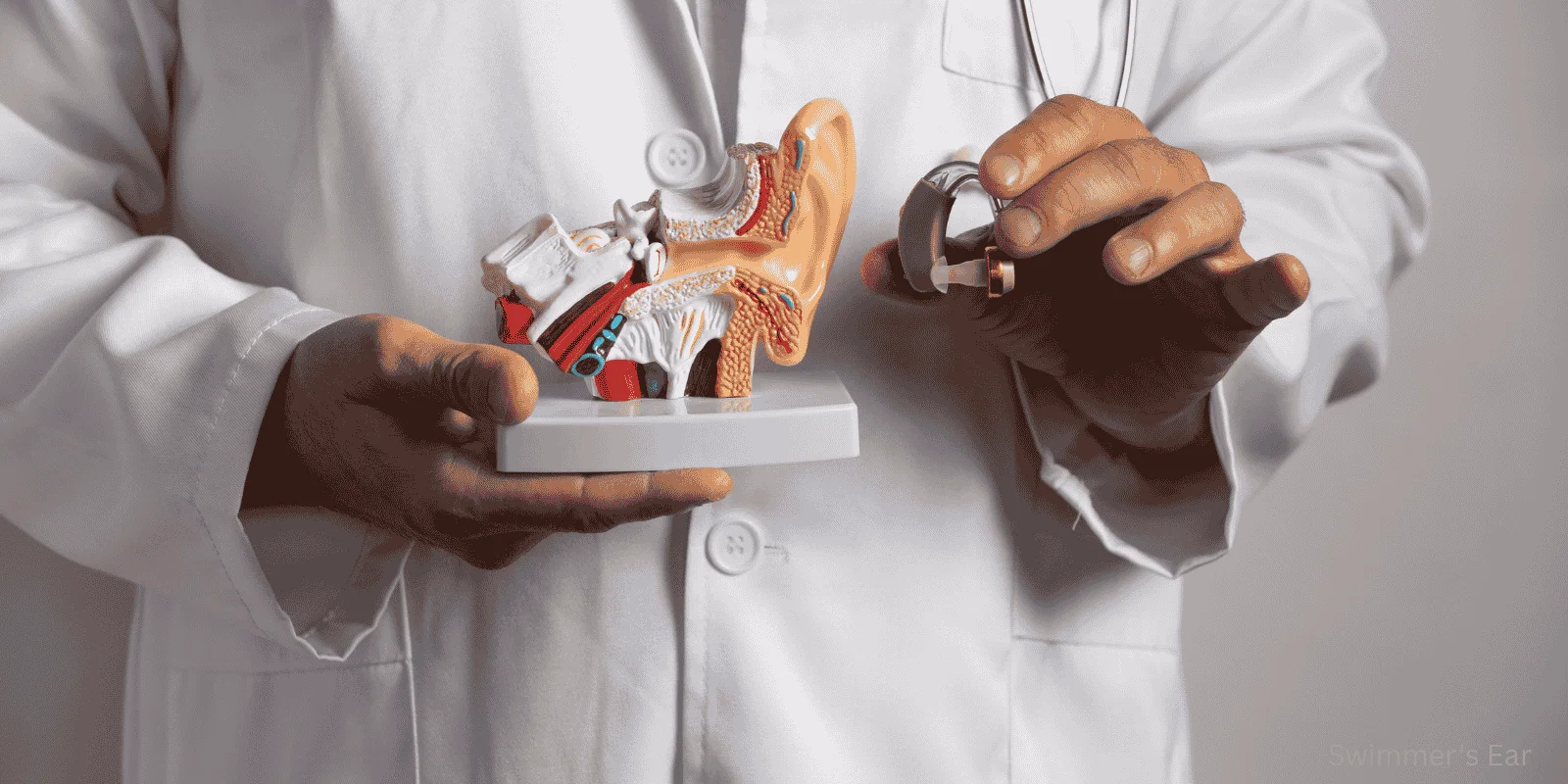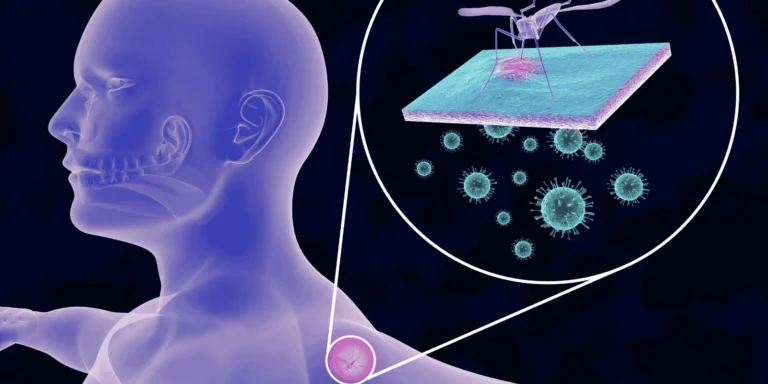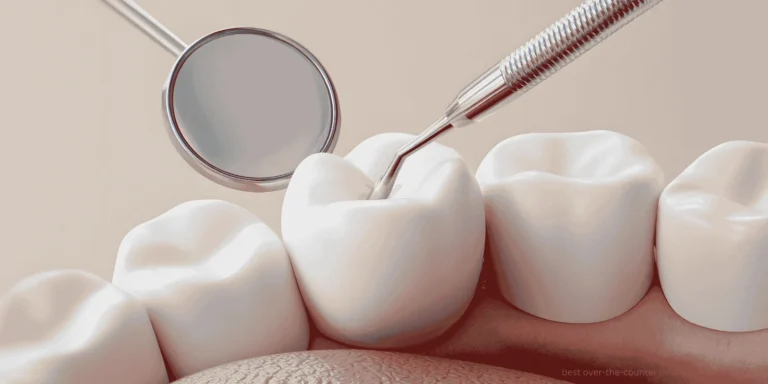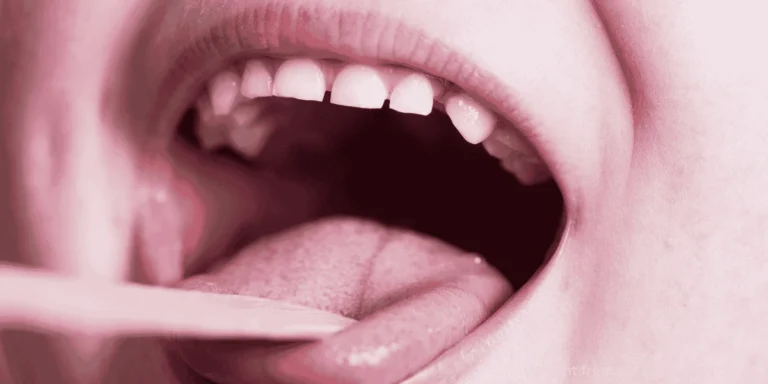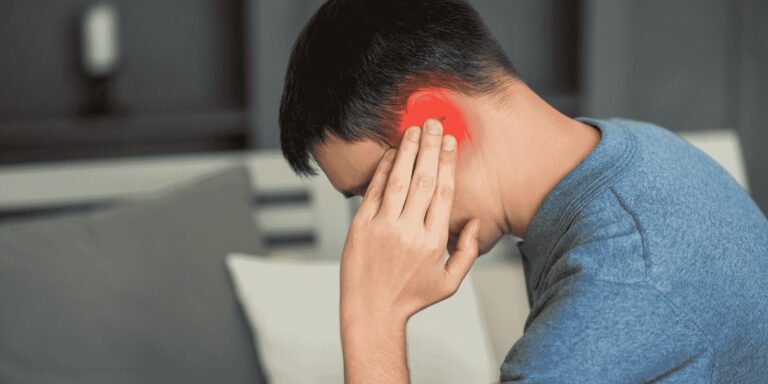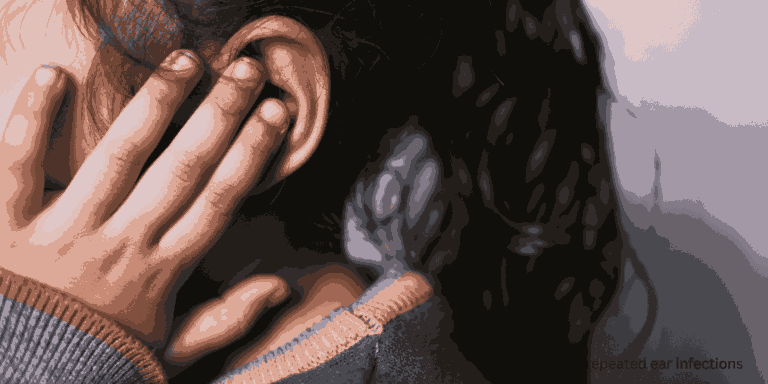“I haven’t had an ear infection since I was a kid,” my 45-year-old patient said. “I didn’t know adults could get swimmer’s ear.”
Swimmer’s ear affects adults just as readily as children, though the risk factors and complications can differ. Understanding adult-specific issues helps with prevention and recognition.
Why Adults Get Swimmer’s Ear
Water exposure during swimming, showering, or water sports introduces bacteria into ear canals.
Ear canal trauma from aggressive cleaning with cotton swabs damages protective skin barriers.
Hearing aid use traps moisture and prevents normal ear canal drying and ventilation.
Occupational exposure for swimmers, surfers, divers, or workers in humid environments.
Adult-Specific Risk Factors
Narrow ear canals from aging or previous infections make drainage difficult and trap moisture.
Diabetes impairs immune function and wound healing, increasing infection risk and severity.
Skin conditions like eczema or psoriasis affect ear canal skin integrity.
Previous ear surgeries can alter normal anatomy and drainage patterns.
Different from Childhood Cases
Less frequent overall since adults have better ear canal drainage than children.
Often more severe when infections do occur, possibly due to delayed treatment or underlying conditions.
Recovery slower as aging affects healing processes and immune responses.
Complications more serious including potential for spreading infection to surrounding structures.
Recognition Challenges
Delayed diagnosis because adults don’t expect ear infections and attribute symptoms to other causes.
Atypical presentation — some adults have minimal pain but significant drainage or hearing loss.
Masking by other conditions — symptoms blamed on allergies, sinus problems, or wax buildup.
Symptom Patterns in Adults
Ear pain worsening when pulling on the outer ear or pressing the tragus (cartilage projection in front of ear opening).
Itching that precedes pain by several days, often ignored as minor irritation.
Hearing reduction from swelling that narrows the ear canal.
Discharge ranging from clear fluid to thick, colored, or foul-smelling drainage.
Hearing Aid Complications
Moisture trap — devices block normal air circulation and trap sweat or water.
Pressure points from ill-fitting aids create skin damage that bacteria can invade.
Cleaning challenges make maintaining proper ear hygiene more difficult.
Bacterial contamination of devices themselves can repeatedly reinfect treated ears.
Occupational Considerations
Swimmers and water athletes face constant exposure requiring preventive strategies.
Industrial workers in humid environments may develop chronic problems.
Healthcare workers who wear earplugs or protective equipment for extended periods.
Treatment Differences
Antibiotic eardrops remain standard treatment but may need longer courses in adults.
Oral antibiotics more commonly needed for adults with diabetes or severe infections.
Pain management often requires stronger medications than children need.
Hearing aid adjustments may be necessary during and after treatment.
Prevention Strategies for Adults
Dry ears thoroughly after water exposure using towels and tipping head to drain water.
Avoid cotton swabs which push wax deeper and damage protective skin.
Use acidifying drops after swimming to restore normal ear canal pH.
Keep hearing aids clean and allow ears to air dry before reinserting devices.
Address underlying conditions like diabetes or skin problems that increase infection risk.
When Adult Cases Become Serious
Malignant otitis externa — rare but serious infection spreading to bone, mainly affecting diabetics or immunocompromised patients.
Facial nerve involvement can cause temporary or permanent facial weakness.
Abscess formation requires surgical drainage beyond simple antibiotic treatment.
Work Impact
Communication difficulties from hearing loss affect job performance.
Pain severity may require time off work, especially for jobs requiring phone use.
Swimming restrictions impact professional athletes and swim instructors.
Chronic and Recurrent Cases
Underlying anatomical problems may need evaluation by ear, nose, and throat specialists.
Fungal infections sometimes develop after repeated antibiotic courses.
Behavioral modifications become necessary to prevent ongoing problems.
When to Seek Medical Care
Severe pain that doesn’t respond to over-the-counter pain relievers.
Facial swelling or redness spreading beyond the ear.
Fever accompanying ear symptoms.
Diabetes or immune system problems requiring more aggressive treatment.
Symptoms persisting beyond a week despite treatment attempts.
Long-Term Outlook
Most cases resolve completely with appropriate treatment within 7-10 days.
Recurrence prevention requires identifying and addressing specific risk factors.
Hearing typically returns to baseline once infection and swelling resolve.
Adults shouldn’t dismiss ear pain as impossible or unimportant. Swimmer’s ear affects all ages and requires the same prompt attention and treatment regardless of patient age.

